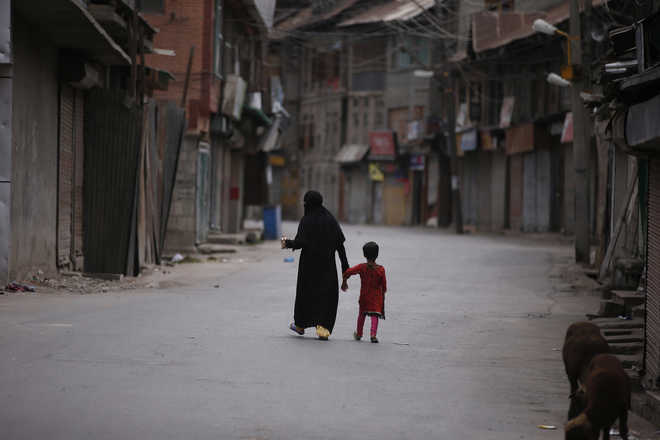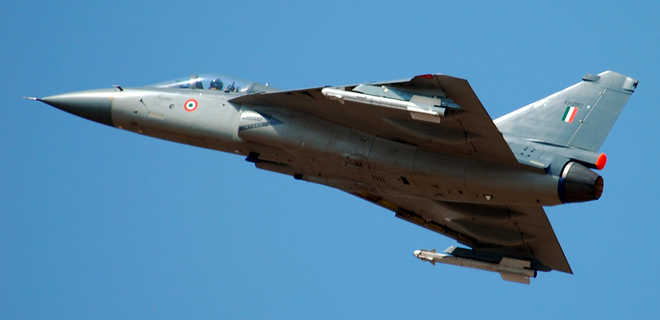An exposé by a TV channel and The Sunday Guardian uncovered the truth that the Anti-Terrorism Squad (ATS) Mumbai withheld information on the Malegaon blasts case from the Army to arrest Lieutenant Colonel Prasad Purohit. This was contrary to the advice of the Army’s legal experts suggesting the need for an FIR or reasonable evidence to allow the arrest of the officer. The Army gave in and handed over the officer to the ATS, ignoring the relevance of his intelligence work in the context. He was deceitfully moved from the AEC Training College, Panchmarhi to Mumbai, without revealing to him his destination or the purpose of his move. Was the Army in collusion with the ATS? His whereabouts between 29 October and 4 November 2008 are untraceable. He was possibly detained illegally and tortured in custody, as alleged. The Army forgot about the officer after his arrest and remained a mute spectator to his incarceration, unmindful of the evidences of its own officers suggesting that the investigations were flawed and possibly motivated. Has the agony and misery to his wife and children besides the loss of eight years of freedom to the officer irked anyone’s conscious? What has happened to the Army’s ethos and values?
Has the Army learnt any lessons from the incident? If the recent arrest of Colonel Jasjit Singh, the Commanding Officer (CO) of the Aizawl based 39 Assam Rifles (39AR) in Mizoram is anything to go by, they have not.
The officer and eight other ranks were arrested on 5 May 2016 by the Special Investigation Team (SIT) for their alleged role in a highway robbery of gold smuggled from Myanmar. The incident came to light for the first time when the driver of the vehicle, Lalnunfela, filed an FIR at the Aizawl police station on 21 April 2016, four months after the incident, alleging that his vehicle was waylaid by armed men from 39 AR on 14 December 2015, who decamped with 52 gold bars worth Rs 14.5 crore.
The SIT also arrested a government-supplier, Bulaki Chand Baid and a former Mizoram Students’ Association leader, Lalmuanawma Mathipi. A counter FIR filed by them labelled the FIR false, which revealed the relationship between Mathipi and Lalmingthangi, a woman heading a smuggler gang with whom the former was working earlier. Has anyone seen the gold? Undoubtedly the alleged robbery on the night of 14 December was the result of a fallout between the two. Or were the smugglers at the receiving end trying to cheat the owner by blaming the Assam Rifles for the loss of the gold?
Curiously, the proceedings of the first press conference held in the office of Mizoram Home Minister, R. Lalzirliana, in the presence of senior police officers on 11 May 2016, the only official account on the subject, were taken off the web after a short period.
It transpires that on the night of the incident the CO was out at Silchar. Prior to his departure, based on information, he had nominated a team to carry out an operation for a possible arms consignment at a time and place to be signalled by Rifleman Pachhunga who was to receive the intelligence input. The party was sent for the task but returned on 15 December 2015 without any seizure. The matter was reported to the higher headquarters as per the laid down procedure.
The police considered it vital to arrest the colonel but did not find it basic to arrest or interrogate the driver and his accomplices, who had acknowledged bringing in smuggled gold, or impound the vehicle that allegedly carried the gold. Were they let off to save the bigger fish or to situate evidences and witnesses appropriately?
The modalities of the arrest of the officer are intriguing. He was served a notice under Section 41A of the CrPC by the SIT asking him to appear before it at 1000 hours on 5 May 2016. Without disclosing this fact to the Chief Judicial Magistrate, Aizawl, the very same SIT obtained an arrest warrant against him on 4 May 2016. A notice under Section 41A is issued only when the arrest of a person is not required and the section forbids the arrest of the individual if he complies with the notice. The officer was thus illegally arrested.
Anticipating trouble, Colonel Jasjit Singh applied for anticipatory bail on 5 May 2016. During the course of the hearing, the SIT produced in the court an order of the 23 Sector AR dated 5 May 2016, suspending the officer from duty. While the suspension order was available with the SIT and the media at the time of the hearing, the officer was handed the order only after his arrest at the court premises. Was the Army colluding with the civil police? Was this meant to dilute the effect of Section 45 CrPC on the arrest of the officer without the Central Government’s sanction?
The officer was granted conditional bail on 31 May 2016. Obviously, the search of the officer’s house had not yielded any result and credible evidence for continued detention was not produced. Did the harassment end there? The officer, who was staying with his family, was attached to a minor unit and was asked to vacate his house without giving any alternate accommodation, thus throwing his wife and children virtually to the streets. Is this the Army’s brotherhood all about?
Precedence has been set by allowing the civil police to arrest a CO and that too based on an FIR filed by a smuggler four months after the incident. The officer’s house was allowed to be searched. Has anyone thought the effect this act will have on the troops and the psyche of the COs of Army units operating in insurgency areas in the future? A smuggler’s words seem to have convinced the Army more than that of its own CO. Has anyone seen the gold or was there any claimant for the alleged loot? Is there any evidence? If indeed the Army had any information on the complicity of the officer in the incident why did it not act but allowed the civil police to arrest the officer and his men? Why were the provisions in the Army Act to initiate disciplinary action against such crimes committed by service personnel ignored? The provisions of CrPC Section 45, which prevents the arrest of any member of the armed forces for anything done in the discharge of his official duties, without obtaining the consent of the Central government too has been blatantly flouted. Was the Army surrendering its powers to investigate and prosecute its own troops to the civil police?
Mizoram shares borders with two neighbouring countries and three states and is a hub of smuggling activities. 39 AR, during the one year command of Colonel Jasjit Singh in Mizoram, had captured over 16 automatic weapons, including AK 47s, a huge quantity of detonators, US $48,000, Myanmar currency worth 42 lakh and other war like stores. Was the arrest of the officer a reprisal action? Has anyone cared to investigate the source and the destination of these smuggling activities? Has any action been taken against any of these gangs, their leadership and the conspirators? Needless to say, this is how weapons, drugs and money get smuggled and transported into our states from neighbouring countries to ignite crimes and insurgencies. Are these activities possible without the connivance of the police and nexuses between police, politicians and smugglers? Why have we failed to probe these relationships and activities? A military man cannot wade through these webs of nexuses. This is a fit case for investigations by the Central Bureau of Investigations (CBI). If Colonel Jasjit Singh is involved in the pillage he must be punished. If not, all those who had implicated the officer in a false case including those in the Army should be taken to task so that such impertinences are mercilessly brought to an end.
Senior officers in the Army hierarchy, who had failed to investigate and apply their mind in the matter before allowing the civil police to arrest the officer, must be made to pay. CBI investigations must aim at unearthing various links in the chain and prosecute those who are involved in these activities.
Brigadier V. Mahalingam (Retired) is a former Army officer.

















































































































